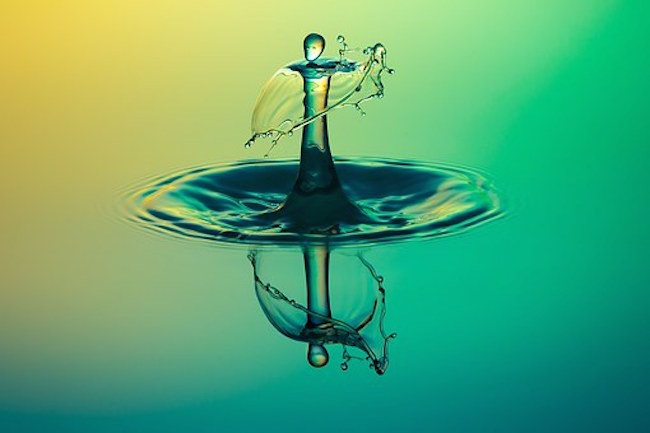Most Tap Water Is a Toxic Soup of Chemicals by Dr. Joseph Mercola for Mercola
GNN Note – We don’t use tap water for cooking. The thought of using bottled, spring water for brushing my teeth has been weighing on me for more than a year. Time to make the change.
Do simple in home test – if you don’t use the sprayer on your kitchen sink. Use it, everyday, for the next month and see if there is any type of build up around the holes. At our house there is “calcium” (rrriiiggghhhttt) that turns pink. You read correctly – the stuff that builds up around the holes on the sprayer at our kitchen sink turns pink. I’m not an engineer nor a scientist, but I’m not stupid either.
******
Discussion of the safety of tap water often only occurs when an immediate threat is identified like the lead crisis in Flint, Michigan,1 and ongoing Legionella outbreaks.2 But the state of U.S. tap water, whether from wells or municipal water systems, is very concerning even when it is not in the news.
Just because tap water looks clear and seems to taste normal does not mean it is safe or pure. It is often brimming with pesticides, herbicides, pharmaceuticals, cyanobacteria, disinfection byproducts (DPBs) and fluoride, but few realize these harmful agents are in the water they are drinking.
Results from tests conducted by the Environmental Working Group (EWG) from 2010 to 2015 on 50,000 water utilities in 50 states found 500 different contaminants.3 How many people would drink the tap water if a label disclosed such contaminants?
“Our research shows that the nation’s water supply is under assault from a toxic stew of pollutants,” wrote EWG.4 The toxins include “fluorinated chemicals called PFAS, lead from old pipes, runoff from farmland that carries millions of tons of pesticides and fertilizer chemicals into rivers and streams,” wrote EWG.
Toxins From Algal Blooms in Drinking Water
You may be aware of harmful algal blooms that are caused by manure, sewage and fertilizer runoff. These algae overgrowths can contain toxins like the cyanobacteria microcystis5 and the cyanobacteria metabolite BMAA,6 yet the toxicity of the blooms can’t be determined from the way they look or smell.
Microcystis can cause skin irritations, neurological symptoms and liver and kidney damage in humans and even harm pets.7 BMAA is suspected of causing neurological diseases like Alzheimer’s, Parkinson’s and amyotrophic lateral sclerosis (ALS).8 In the journal PLOS One, researchers studying the effect of BMAA on dolphins wrote:9
“Dietary exposure to BMAA is associated with the occurrence of neurofibrillary tangles and β-amyloid plaques in nonhuman primates. The findings of protein-bound BMAA in brain tissues from patients with Alzheimer’s disease has advanced the hypothesis that BMAA may be linked to dementia …
We observed increased numbers of β-amyloid+ plaques and dystrophic neurites in the auditory cortex [of dolphins] compared to the visual cortex and brainstem. The presence of BMAA and neuropathological changes in the stranded dolphin brain may help to further our understanding of cyanotoxin exposure and its potential impact on human health.”
Exposure to algal toxins can come from contact with the water or algae, breathing airborne toxins, eating contaminated fish and shellfish10 and drinking contaminated water.11
Algae overgrowth also has tremendous environmental implications. The density of blue-green algae blocks light and can deplete oxygen in the water, leading to huge dead zones and fish kills. The U.S.’s largest dead zone is located at the mouth of the Mississippi River and measures nearly an astounding 9,000 square miles, equivalent to the size of New Jersey.12




